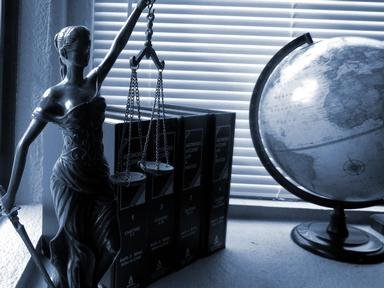Quiz Answer Key and Fun Facts
1. Which of the following words was added into the Pre-amble of the Constitution by the 42nd Amendment Act, 1976?
2. Which important human right is protected in Article 21 of the Constitution of India?
3. From which Constitution was the Concept of a Five Year Plan borrowed into the Indian Constitution?
4. Which of the following Constitutional posts is enjoyed for a fixed term?
5. A custom or usage, inconsistent with the principles of the Constitution can be struck down as unconstitutional.
6. How many judges sat on the bench to hear the landmark case of Keshavananda Bharati v. State of Kerala in 1973?
7. Which famous doctrine was introduced by the Supreme Court in the landmark 1973 case of Keshavananda Bharati v. State of Kerala?
8. The amendment which was passed in 2003 was the ______ occasion upon which the Constitution was amended.
9. From which country's Constitution was the concept of Directive Principles of State Policy adopted into the Indian Constitution
10. Which of the following is not a Constitutionally mandated body?
Source: Author
almaster
This quiz was reviewed by FunTrivia editor
Bruyere before going online.
Any errors found in FunTrivia content are routinely corrected through our feedback system.

